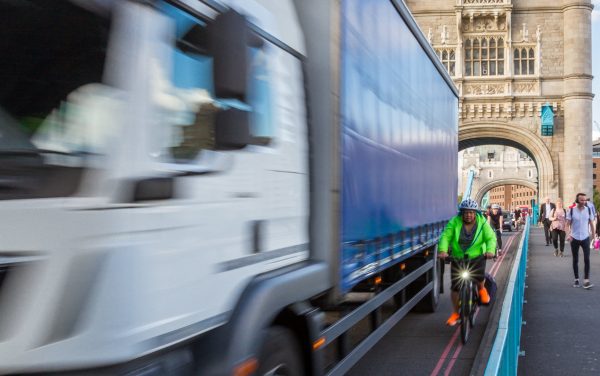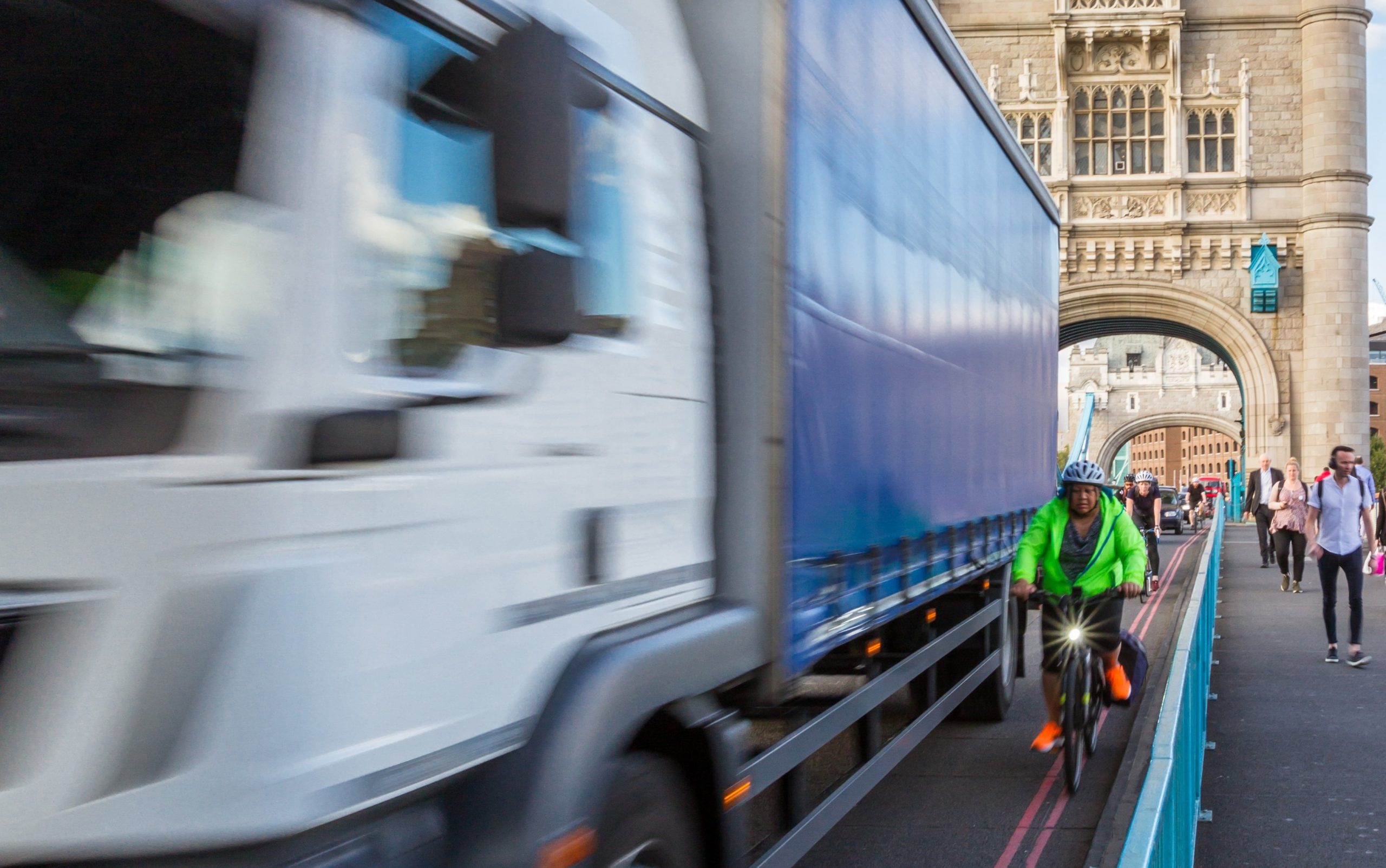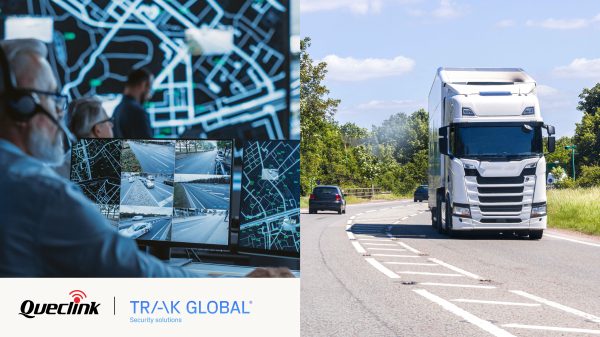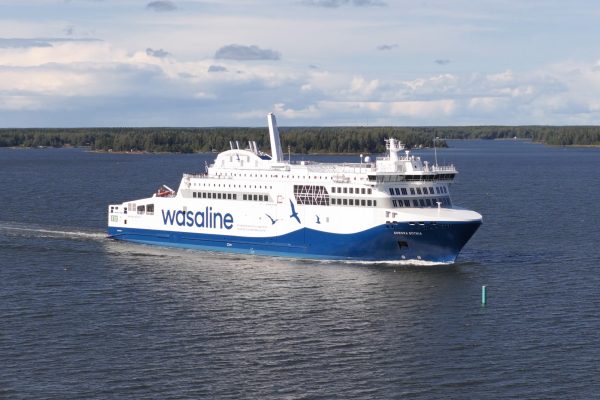Digital machine solutions are transforming how construction firms manage their fleets across Britain. Major contractors now track equipment performance and fuel consumption through integrated telematics systems, delivering precise data that shapes smarter operational decisions. This shift has significant implications for UK-based firms seeking better efficiency, reliability, and environmental compliance.
 The Evolution of Plant Equipment in UK Fleet Management
The Evolution of Plant Equipment in UK Fleet Management
The plant hire landscape has fundamentally changed for logistics and transport companies operating in construction environments. According to the Construction Equipment Association, the UK sector now represents a £6.2 billion market, with technological integration driving growth as companies seek to optimise mixed vehicle and machinery fleets.
Today’s plant equipment shares common digital infrastructure with traditional HGVs. GPS tracking has evolved into advanced analytics that provide comprehensive visibility across both machinery and vehicles. Regulations, such as the NRMM emissions standards, have further accelerated the move toward data-driven solutions, echoing the impact of Euro 6 in the HGV sector. These systems support the centralised management of all assets, simplifying operations for fleet managers.
Strengthening Partnerships with Leading Hire Providers
To maximise the impact of these digital systems, many transport firms collaborate with established suppliers like Flannery, known for their commitment to innovation in machinery and support services. With a strong focus on digital integration and emissions transparency, such partners help fleet managers streamline their operations and meet evolving compliance standards.
By leveraging trusted providers, operators can confidently scale their digital maintenance strategies and improve coordination between vehicles and hired assets. This is particularly relevant in complex logistics environments where timing and transparency are crucial to project success.
Telematics Integration: Connecting HGVs and Plant Equipment
Over 70% of UK commercial vehicle operators now use telematics, and the frontier is shifting toward unifying data from HGVs and hired plant machinery. Unified systems track utilisation, idle time, emissions, and fuel efficiency across all assets, revealing opportunities to streamline logistics and reduce costs.
Coordinated systems align deliveries with on-site equipment readiness, reducing idle time and vehicle queuing. Rather than managing assets in isolation, fleet operators now gain holistic oversight. The return on investment from integrated platforms is often realised within 12 to 18 months, through improved utilisation and reduced fuel waste.
Electric and Hybrid Equipment: Impact on Fleet Carbon Reporting
DEFRA emissions reporting now includes hired equipment, meaning plant hire decisions directly influence transport companies’ environmental compliance. Hybrid and electric machinery offer significant carbon savings, modern hybrid excavators, for instance, emit up to 30% less CO₂ than traditional models.
This cleaner equipment also lowers on-site pollution and improves working conditions, particularly in urban clean air zones. Some firms struggle to integrate these figures into their emissions reporting, but forward-thinking plant hire providers offer structured emissions data compatible with common fleet platforms.
Data-Driven Maintenance: Preventing Costly Downtime
Unplanned downtime costs UK construction logistics an average of £3,000 daily per site. Predictive maintenance systems now analyse performance indicators, such as hydraulic pressure, oil quality, and vibration, to anticipate and prevent failures.
Fleet managers benefit from condition-based servicing alerts instead of rigid calendar schedules. This approach reduces breakdowns and boosts transport reliability. In one example, a national civil engineering firm cut equipment-related delays by nearly half using digital monitoring tools.
Standardising Mixed Asset Maintenance Protocols
Synchronising maintenance across vehicles and equipment remains a challenge due to differing service schedules. Digital systems solve this by converting machine operating hours into mileage-equivalent metrics for fleet software compatibility. This creates unified reporting and service tracking for all assets, reducing admin complexity and improving compliance.
Training and Operational Culture: A Barrier to Change
Despite technological availability, human factors still influence implementation success. Many fleet managers and on-site operators are accustomed to traditional systems, leading to hesitancy around adoption. Successful firms prioritise internal training, change management, and clear communication of benefits, ensuring that teams understand how these tools improve safety, efficiency, and performance.
This cultural investment is often what separates effective deployments from underused technology. As fleet management becomes more data-led, companies that foster a tech-positive culture will gain a strategic edge.
Moving Towards a Smarter Fleet Operations
Digital machine solutions continue to redefine how fleets are managed, linking plant equipment and transport vehicles into a unified, data-rich ecosystem. From predictive maintenance to emissions reporting and operational coordination, integrated systems offer measurable improvements across logistics and construction sectors.
As the demand for efficiency and environmental accountability grows, the ability to combine technology, cultural readiness, and strong supplier relationships will determine which firms lead the future of UK fleet management.



